Disclosure: This article contains affiliate links. We may earn a commission from purchases at no extra cost to you, which helps our travel content.
The moment I stepped off the maxi taxi in Arima, Trinidad's only Royal Chartered Borough, I could feel something different in the air. Unlike the bustling energy of Port of Spain, Arima pulses with an ancient rhythm – one that speaks to the island's First Peoples and their enduring legacy. As someone who seeks meaning in every journey, this small town in Trinidad's northern range offered exactly what my soul was craving: a genuine connection to indigenous traditions that have survived centuries of change.
Finding the Carib Spirit in Arima
Arima stands as the spiritual center of Trinidad's indigenous heritage, home to the Santa Rosa First Peoples Community – descendants of the island's original Carib and Arawak inhabitants. My journey began at the Santa Rosa First Peoples Centre, where I was welcomed by community elders who've dedicated their lives to preserving their ancestral traditions.
The center itself is modest, but what happens inside is extraordinary. As I sat cross-legged on a handwoven mat, Elder Ricardo shared stories passed down through generations, explaining how the Carib people view their relationship with the natural world – not as masters of the earth, but as its caretakers.
'We don't own the land,' he told me, eyes reflecting wisdom beyond measure. 'The land owns us.'
This philosophy resonated deeply with my own journey toward mindfulness. After years of corporate burnout, I've learned to find richness in simplicity and meaning in tradition – something the Carib people have practiced for centuries.
I recommend bringing a small offering when visiting the center – not as payment, but as a gesture of respect for the knowledge being shared. The elders appreciate this thoughtfulness, and it helps establish a relationship based on mutual respect rather than tourism.
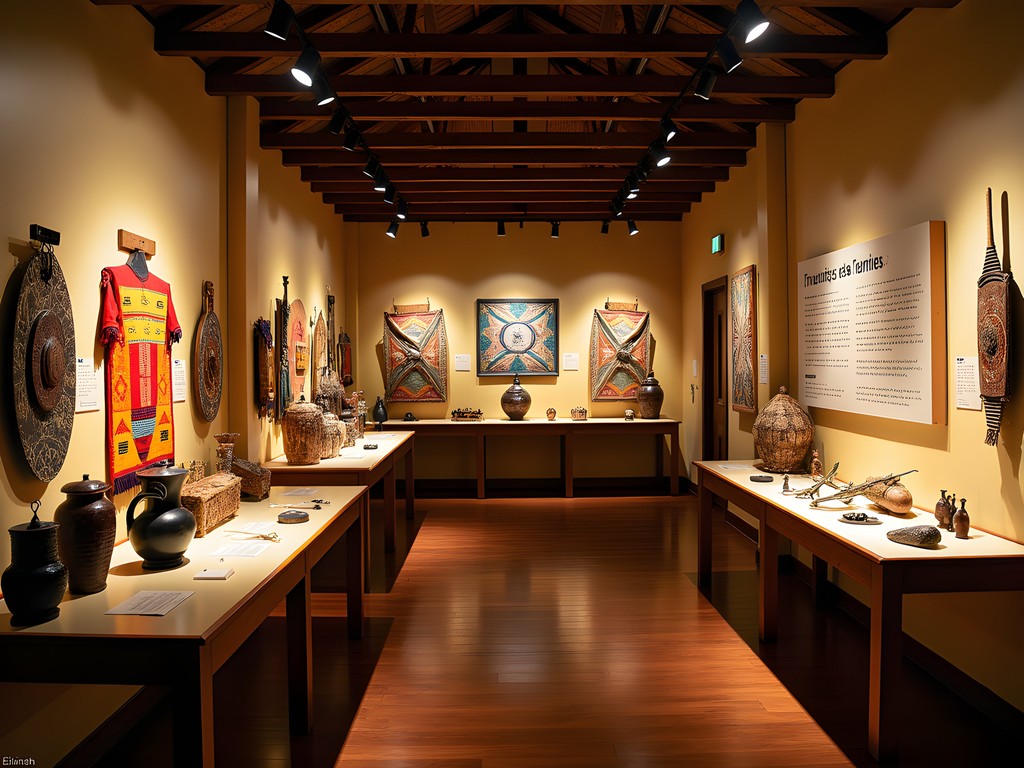
💡 Pro Tips
- Call ahead to the Santa Rosa First Peoples Centre to arrange a visit with community elders
- Dress modestly out of respect for traditions
- Bring a small, meaningful gift when meeting with community members
Santa Rosa Festival: Dancing Between Worlds
If you can time your visit for late August, you'll witness Arima's soul come alive during the Santa Rosa Festival – the oldest continuously celebrated festival in Trinidad. This remarkable celebration blends Catholic traditions with indigenous spirituality in a way that speaks to Trinidad's complex colonial history.
I arrived three days before the main festival to observe the preparations. Women wove intricate baskets from palm fronds while men prepared traditional cassava bread, a staple food that predates European arrival. The community welcomed me into these preparations, teaching me to weave a simple bracelet that I still wear as a reminder of this place.
On the festival day itself, I woke before dawn to join the procession. Community members dressed in traditional regalia led the way through town to the Santa Rosa Church, where Catholic mass was followed by indigenous blessing ceremonies. The spiritual syncretism was fascinating – watching devout Catholics honor their indigenous ancestors with smoke ceremonies and traditional offerings.
The festival's highlight came at dusk with the Smoke Ceremony. As the community gathered in a circle, the shaman lit a bundle of sacred herbs in a ceramic smudge bowl. The aromatic smoke carried our collective prayers skyward as we stood in reverent silence. In that moment, time seemed to fold in on itself – past, present and future existing simultaneously.
After the ceremonies, the celebration continued with traditional music, dancing, and a feast of indigenous foods. I found myself swept into a circle dance, guided by elders who patiently showed me the steps representing the cycles of planting and harvest.

💡 Pro Tips
- Book accommodation months in advance if visiting during the Santa Rosa Festival
- Bring cash for purchasing handmade crafts that directly support the community
- Ask permission before photographing ceremonies or community members
Hands-on Heritage: Craft Workshops and Culinary Traditions
One of my most meaningful experiences in Arima came through participating in traditional craft workshops offered by community members. In the cool morning hours, I joined a small group at Helena's home, where she teaches traditional Carib pottery techniques passed down through generations of women in her family.
Helena's patience was infinite as she guided my inexperienced hands through the process of preparing clay, forming simple vessels, and decorating them with traditional symbols. Working with the earth this way became a form of meditation – my mind quieting as my hands connected with ancient knowledge.
'The clay remembers the hands that shape it,' Helena told me. 'Put good energy into your work.'
For those interested in indigenous crafts, I recommend bringing a craft apron to these workshops. The clay can get messy, and having proper protection for your clothes makes the experience more enjoyable.
The culinary traditions of Arima provided another window into indigenous heritage. At a community cooking class, I learned to prepare cassava bread, a staple food made from grated cassava that's been detoxified and cooked on a large, round iron plate. The process is labor-intensive but deeply satisfying, resulting in a versatile flatbread that can be eaten with various toppings.
I also discovered the rich world of bush teas – herbal infusions made from local plants with medicinal properties. My favorite became 'wonder of the world' tea, made from a succulent plant said to cleanse the blood and provide energy. I purchased a tea infuser bottle from the local market to enjoy these teas during my daily explorations around town.

💡 Pro Tips
- Reserve craft workshops at least a week in advance through the Santa Rosa Centre
- Wear clothes you don't mind getting dirty during pottery classes
- Take notes during bush tea demonstrations – the medicinal knowledge is invaluable
Sacred Spaces: The Forests and Rivers of Arima
To truly understand Arima's indigenous culture, one must venture into the natural landscapes that shaped their worldview. With a local guide named Joseph, I hiked into the Northern Range forests that embrace the town – these aren't just scenic trails but sacred spaces in Carib cosmology.
Joseph, a community elder with encyclopedic knowledge of local flora, showed me plants used for centuries as medicine, food, and in spiritual ceremonies. We paused at a massive silk cotton tree (Ceiba pentandra) that towers over the forest. In Carib belief, these trees serve as connectors between the earthly and spirit worlds.
'Our ancestors believed the roots reach into the underworld while the branches touch the heavens,' Joseph explained. 'When you stand here, you stand between worlds.'
We continued to a clear, rushing river where Joseph demonstrated how his ancestors would perform purification rituals. Following his lead and with his blessing, I waded into the cool water for my own moment of mindful connection, feeling the current wash away the mental clutter I'd carried from my urban life.
For these forest excursions, I was grateful for my insect repellent lotion. Unlike spray repellents, the lotion doesn't harm the delicate forest ecosystem while still providing protection from mosquitoes that can be abundant in these humid environments.
I also recommend bringing a dry bag for river visits. Mine protected my journal and camera when we waded through deeper sections, allowing me to document the experience without worry.

💡 Pro Tips
- Only hike with registered guides who have permission to access sacred sites
- Bring offerings of tobacco or flowers when visiting natural sacred spaces
- Observe silence in certain areas as a sign of respect for spirits believed to dwell there
Community Drum Circles: Finding Rhythm in Tradition
My final evening in Arima coincided with the community's monthly drum circle – an experience that connected me to the heartbeat of Carib culture more profoundly than anything else during my stay.
Held in an open-air pavilion behind the Santa Rosa Centre, the drum circle welcomed both community members and respectful visitors. The master drummer, an elder named Anthony, began with a rhythm that seemed to emerge from the earth itself. Other drummers joined one by one, creating complex polyrhythms that spoke to something ancient in my soul.
What surprised me most was the invitation to participate. A young woman named Tasha handed me a small hand drum called a 'chac-chac' and encouraged me to find my place in the collective rhythm. At first, I felt awkward and out of sync, but gradually, something shifted. By focusing on my breath – a technique from my mindfulness practice – I found myself flowing with the communal pulse.
'Don't think about the rhythm,' Tasha advised with a knowing smile. 'Feel it in your body.'
As the evening progressed, some community members began dancing in the center of the circle. Their movements told stories – of planting, harvesting, hunting, and celebrating. An elder later explained that these dances serve as living archives, preserving cultural knowledge when written records were forbidden during colonial times.
For those interested in learning more about these traditional instruments, I purchased a beautifully illustrated Caribbean music book from the community center. It provides historical context and basic techniques for several indigenous instruments.

💡 Pro Tips
- Check the Santa Rosa Centre's monthly calendar for community drum circle dates
- Ask permission before recording any part of the drum circle
- Participate if invited, but follow the lead of community members
Final Thoughts
As my maxi taxi pulled away from Arima on that final morning, I found myself changed in subtle yet profound ways. This small town, often overlooked by travelers racing to Trinidad's beaches or Carnival celebrations, had offered me something far more valuable than tourist attractions – it had shown me a living connection to indigenous wisdom that continues to thrive despite centuries of challenges.
What makes Arima special isn't just its festivals or craft traditions, but the generosity of its First Peoples community in sharing their heritage with respectful visitors. In a world increasingly disconnected from ancestral knowledge, Arima stands as a reminder that indigenous wisdom offers powerful lessons for sustainable living and spiritual connection.
For the mindful traveler, Arima isn't just a destination but a doorway – one that opens into a deeper understanding of our relationship with the earth and with each other. The rhythms of the drum circles continue to echo in my meditation practice months later, reminding me that we are all connected through the universal pulse of life.
If you're seeking a travel experience that nourishes your soul while supporting cultural preservation, I can't recommend Arima enough. Come with an open heart, a respectful attitude, and a willingness to listen. The wisdom of Trinidad's First Peoples awaits.
✨ Key Takeaways
- Time your visit around the Santa Rosa Festival (late August) for the most immersive cultural experience
- Support the community by purchasing authentic crafts directly from artisans
- Participate in workshops rather than just observing to deepen your cultural understanding
- Always approach sacred sites and ceremonies with appropriate respect and permission
📋 Practical Information
Best Time to Visit
Late August for the Santa Rosa Festival, or January-April for dry season visits
Budget Estimate
$50-75 USD per day including guesthouse accommodation, local food, and cultural activities
Recommended Duration
5-7 days
Difficulty Level
Moderate
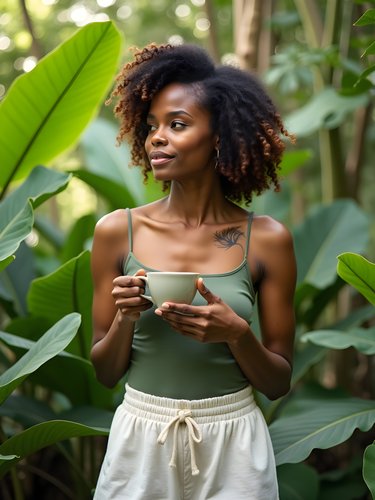
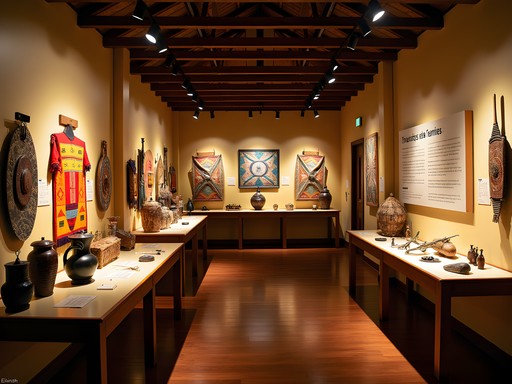
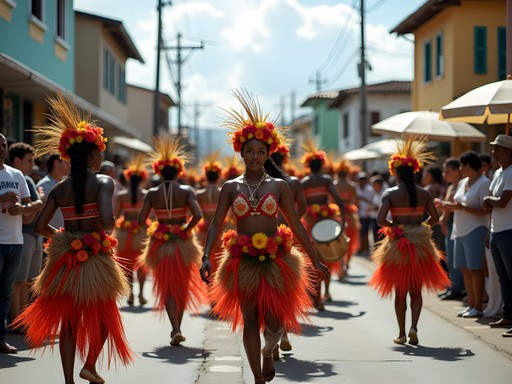

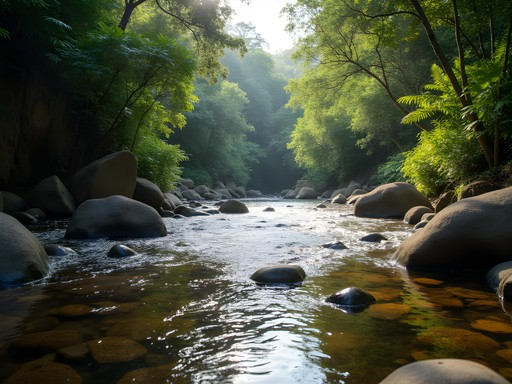
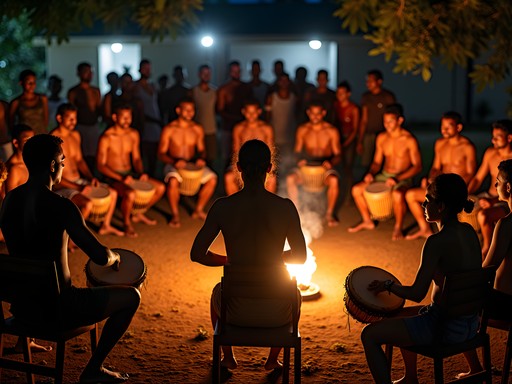


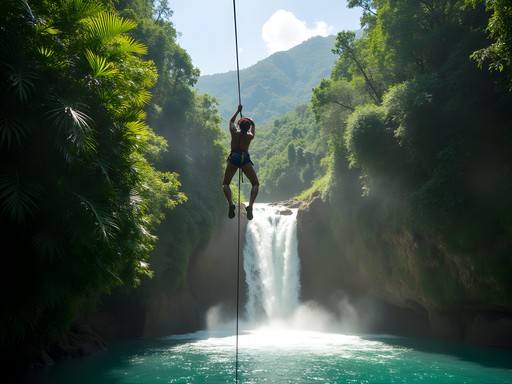
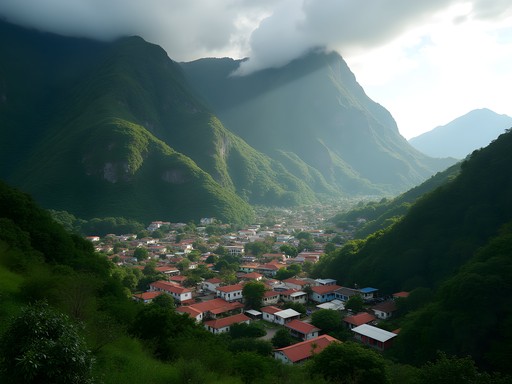






Comments
moonseeker
I visited the Carib Community Centre in Arima last year and it was truly eye-opening. The elders were so welcoming and eager to share their traditions. One thing I'd add to Elizabeth's excellent post - try to coincide your visit with one of their monthly storytelling evenings if possible. They're not widely advertised but if you ask at the Centre, they'll let you know the schedule. Hearing ancient legends under the stars while sipping traditional herbal tea was unforgettable.
hikingone2091
Just booked my trip to Trinidad for next month!!! So excited to visit Arima now! Did you feel safe walking around the town? Any specific food spots you'd recommend?
Elizabeth Coleman
You'll have a great time! I felt perfectly safe during daylight hours. Like anywhere, just take normal precautions after dark. Don't miss Malabar's on Queen Street - they serve amazing cassava bread and indigenous-inspired dishes. Also, the Saturday morning market is fantastic for local treats!
backpackmate
WOW!!! Just wow! I've been to Trinidad twice but always stuck to the beaches and Port of Spain. Never knew about this cultural gem! The way you described the traditional cassava preparation has me DYING to try it! Is August really the best time to visit for cultural experiences or would another month work too?
moonseeker
Not Elizabeth, but I went in October last year and while you miss the Santa Rosa Festival, there are still plenty of cultural workshops and the weather is a bit less humid. The First Peoples Community Center runs programs year-round.
Kimberly Murphy
LOVED this post, Elizabeth! I was in Trinidad last year but totally missed Arima - big mistake! Your description of the Santa Rosa Festival sounds absolutely magical. I'm planning to return next August specifically for it now! Quick question - did you stay overnight in Arima or commute from Port of Spain? I'm debating whether to book accommodation there or just make day trips. Also, I found my waterproof daypack absolutely essential during Trinidad's sudden rain showers, especially when hiking near those sacred forest spots you mentioned!
Elizabeth Coleman
Thanks Kimberly! I actually stayed at a small guesthouse in Arima for 3 nights - it made early morning explorations much easier. There aren't many hotels, but several lovely family-run guesthouses. The one I chose was recommended by the First Peoples Community Center.
sunsetlegend
That photo of the elder demonstrating traditional weaving techniques is incredible. You really captured the essence of knowledge being passed down through generations.
Elizabeth Coleman
Thank you! That's Ms. Valentina, she's been teaching basketry for over 40 years. She was so patient with my clumsy attempts!
Gregory Boyd
Fantastic write-up on Arima! I spent a month backpacking through Trinidad last year, and Arima was unexpectedly the highlight. The indigenous presence there offers a counterbalance to the predominantly Afro-Caribbean and Indo-Caribbean cultural narratives that dominate elsewhere on the island. I'd add that the hiking in the nearby Northern Range is spectacular - the Carib trails to the waterfalls showcase traditional pathways that indigenous peoples have used for centuries. The forest knowledge of the local guides is extraordinary. If anyone's planning a visit, I'd recommend at least 3 days in Arima to fully appreciate the cultural dimensions Elizabeth describes so well.
Taylor Moreau
I had the opportunity to visit Arima during a business trip to Trinidad last year and managed to extend my stay specifically to experience the Santa Rosa Festival. The juxtaposition of Catholic and Indigenous traditions was fascinating from an anthropological perspective. I would recommend contacting the Santa Rosa First Peoples Community center in advance as they can arrange for more personalized cultural experiences. The craft workshops Elizabeth mentioned are indeed excellent - I still have the woven palm basket on display in my London office. It serves as an excellent conversation starter with clients.
islandbackpacker
How difficult was it to get around Arima using public transport? I'm planning a solo trip and wondering if I need to rent a car.
Elizabeth Coleman
The maxi taxis are actually quite reliable and very affordable! They run regularly between Port of Spain and Arima. Within Arima itself, most places are walkable or you can catch local taxis. No need for a rental unless you're planning to explore more remote areas.
islandbackpacker
Thanks so much! That's really helpful. I'm a budget traveler so public transport sounds perfect.
journeymood
This looks amazing! I've never considered Trinidad for cultural experiences before. Definitely adding to my list!
explorediver4493
Just got back from Trinidad and followed Elizabeth's advice about visiting the forest areas around Arima. The local guide pointed out medicinal plants that indigenous people have used for generations. Fascinating stuff! If you go, wear proper hiking shoes though - those trails can get slippery even when it hasn't rained recently. Also, the local street food near the market is incredible - don't miss the aloo pies!
Venture X
Premium card with 2X miles, $300 travel credit, Priority Pass